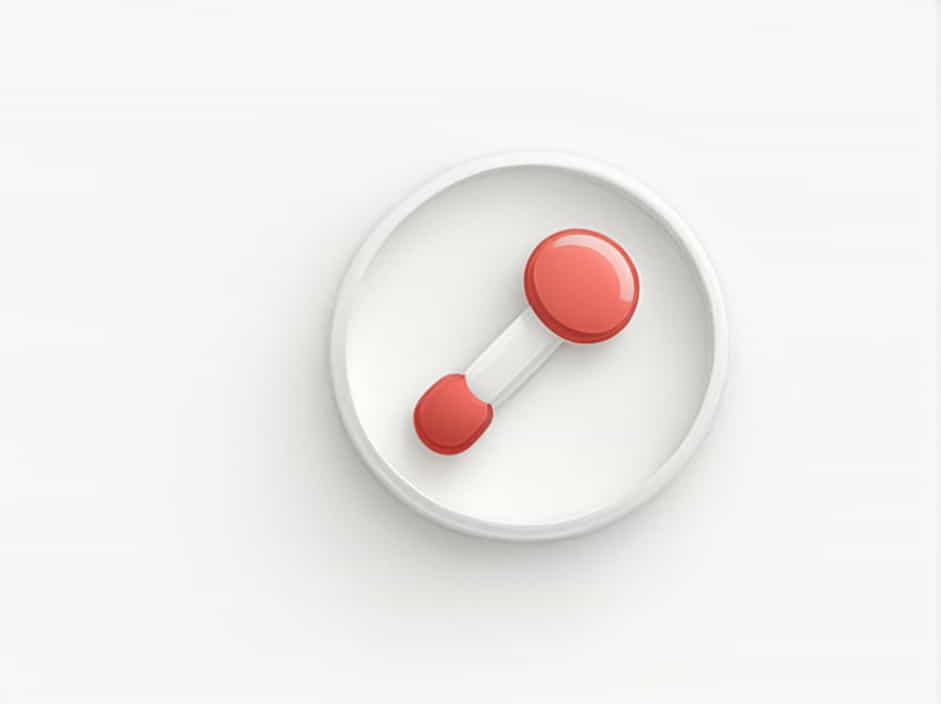Ritalin, also known by its generic name methylphenidate, is a central nervous system (CNS) stimulant primarily used to treat attention deficit hyperactivity disorder (ADHD) and narcolepsy. It helps improve focus, reduce impulsivity, and increase wakefulness in individuals with these conditions.
Understanding the mechanism of action of Ritalin is crucial for patients, caregivers, and healthcare professionals. This topic explores how Ritalin works in the brain, its effects on neurotransmitters, and its impact on cognitive function.
How Ritalin Works in the Brain
1. Role of Dopamine and Norepinephrine
The primary action of Ritalin involves two key neurotransmitters:
- Dopamine – Associated with motivation, reward, and attention
- Norepinephrine – Involved in alertness, arousal, and stress response
People with ADHD often have lower dopamine levels, leading to difficulty in maintaining attention and regulating behavior. Ritalin helps by increasing the availability of dopamine and norepinephrine in the brain.
2. Blocking the Reuptake of Neurotransmitters
Ritalin works as a reuptake inhibitor of dopamine and norepinephrine. Normally, after neurotransmitters are released, they are reabsorbed by the presynaptic neuron to be recycled.
Ritalin blocks this reuptake process, allowing more dopamine and norepinephrine to remain in the synaptic space. This leads to:
- Enhanced neurotransmitter signaling
- Improved attention and focus
- Better impulse control
3. Increasing Neurotransmitter Release
In addition to blocking reuptake, Ritalin also stimulates the release of dopamine and norepinephrine from presynaptic neurons. This further boosts their levels, helping individuals with ADHD experience improved cognitive function and alertness.
Effects of Ritalin on Cognitive Function
1. Improved Attention and Focus
By increasing dopamine and norepinephrine, Ritalin enhances:
- Sustained attention
- Task persistence
- Cognitive flexibility
This allows individuals with ADHD to stay focused on tasks for longer periods and filter out distractions more effectively.
2. Enhanced Impulse Control
ADHD is often associated with impulsivity, where individuals act without thinking about consequences. Ritalin strengthens the brain’s executive functions, helping users:
- Pause before reacting
- Weigh consequences of actions
- Follow instructions more effectively
3. Increased Wakefulness and Alertness
For individuals with narcolepsy, Ritalin prevents excessive daytime sleepiness by stimulating wakefulness-promoting pathways in the brain.
Pharmacokinetics: How Ritalin Is Processed in the Body
1. Absorption and Onset of Action
Ritalin is rapidly absorbed after oral administration, reaching peak plasma levels within 1 to 2 hours. This makes it an effective treatment for improving focus throughout the day.
2. Metabolism and Elimination
Ritalin is primarily metabolized in the liver by carboxylesterase enzymes and converted into inactive metabolites. These are then excreted through the urine.
The half-life of Ritalin is around 2-4 hours, meaning it is relatively short-acting. However, extended-release formulations, such as Ritalin LA, provide longer-lasting effects.
Side Effects and Risks of Ritalin
1. Common Side Effects
While Ritalin is generally safe when taken as prescribed, it can cause some common side effects, including:
- Increased heart rate and blood pressure
- Loss of appetite and weight loss
- Insomnia or trouble sleeping
- Nervousness and anxiety
2. Potential for Dependence and Misuse
Since Ritalin affects dopamine levels, it has a potential for abuse, especially when taken in high doses or without a prescription. Misuse can lead to:
- Euphoria or a “high” feeling
- Increased risk of addiction
- Withdrawal symptoms when stopped abruptly
This is why Ritalin is classified as a Schedule II controlled substance in many countries.
3. Cardiovascular Effects
Ritalin can increase blood pressure and heart rate, which may pose risks for individuals with heart conditions. Patients with a history of hypertension or arrhythmias should consult a doctor before using Ritalin.
Ritalin vs. Other ADHD Medications
1. Ritalin vs. Adderall
- Ritalin: Primarily increases dopamine and norepinephrine by blocking reuptake
- Adderall (Amphetamine salts): Works by releasing more dopamine and norepinephrine while also blocking reuptake
Adderall has a longer duration of action compared to Ritalin and may be preferred for patients needing extended symptom control.
2. Ritalin vs. Concerta
Concerta is an extended-release version of Ritalin, offering longer-lasting effects (up to 12 hours). This makes it a better choice for individuals who require symptom control throughout the school or workday.
Who Should Take Ritalin?
1. ADHD Patients
Ritalin is most effective in children and adults diagnosed with ADHD, helping them improve focus, reduce impulsivity, and enhance task completion.
2. Individuals with Narcolepsy
Patients suffering from excessive daytime sleepiness can benefit from Ritalin’s stimulant effects, which promote wakefulness.
3. People Who Should Avoid Ritalin
Ritalin may not be suitable for individuals with:
- Heart disease or high blood pressure
- Severe anxiety or psychotic disorders
- History of drug dependence
Always consult a healthcare provider before starting Ritalin.
The Importance of Understanding Ritalin’s Mechanism of Action
Ritalin is a highly effective medication for ADHD and narcolepsy, working by blocking dopamine and norepinephrine reuptake while also increasing their release. This leads to improved attention, focus, and impulse control.
However, Ritalin should be used responsibly due to its potential for side effects and misuse. Patients should always take it under medical supervision to ensure safe and effective treatment.
Understanding how Ritalin works helps individuals make informed decisions about its use and benefits for managing ADHD and narcolepsy.
